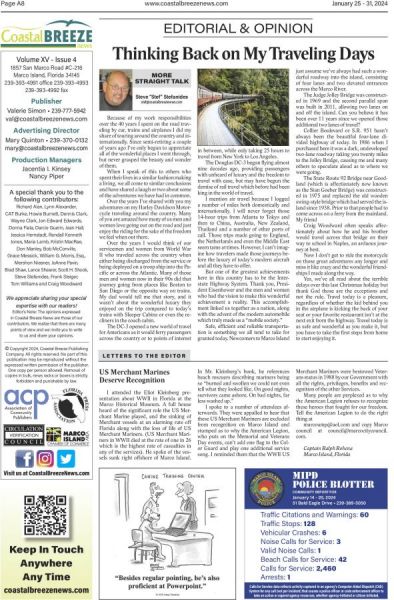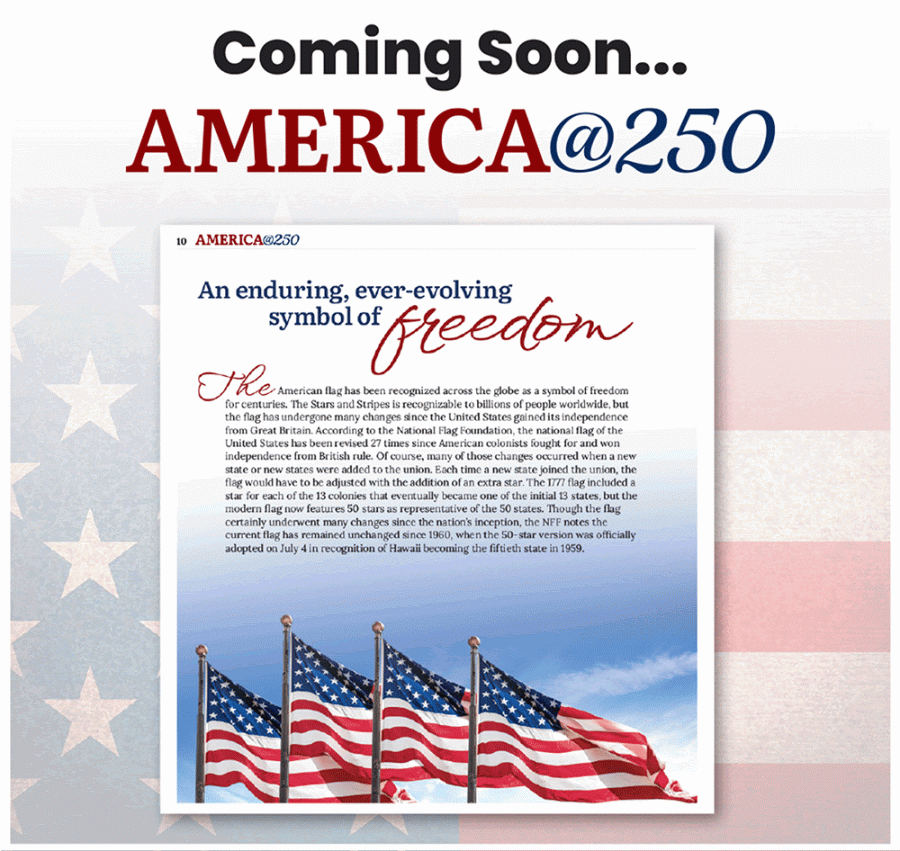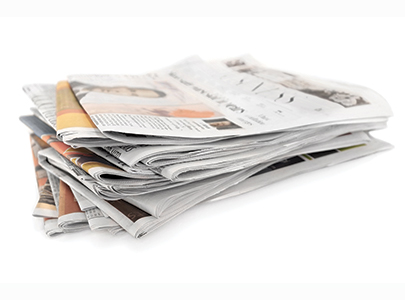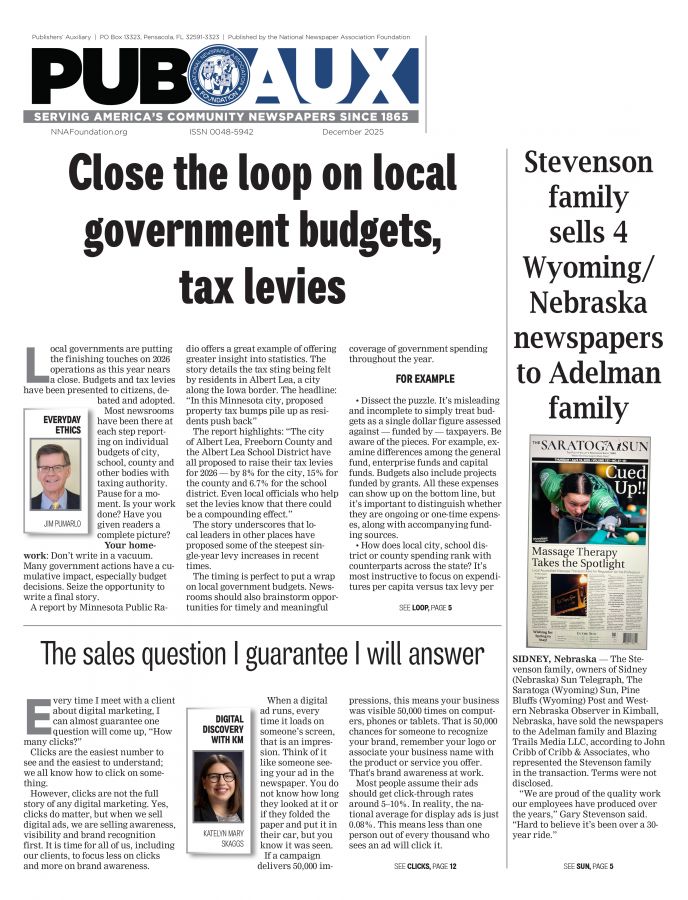Know when to use more of something and when to use less
Kevin Slimp
Mar 1, 2024


In late January, I had such a good time visiting with the publishers of the Wyoming Press Association at their annual convention. I spoke on a few of my favorite topics: Growing papers, increasing ad revenue and redesigning pages, among others. During the last session on the convention’s final day, I sat around a large table — actually, several tables moved together in a large square — to meet with the publishers and critique their newspapers.
Meeting with publishers to review their papers has always been one of my favorite parts of my work. The nervousness is palpable in the room as participants begin apologizing for how their papers look before I even get a chance to see them. I’m quick to assure everyone I will be kind in my evaluations, even though I rarely see a paper that looks terrible.
Following my return from Wyoming — where it was 10 degrees warmer than my home in Tennessee as my neighbors enjoyed the most significant snowfall in 30 years — I met online with the staff of an excellent newspaper in South Florida. My assignment was much the same as in Wyoming. The Florida group and I would review their paper for 90 minutes as I suggested changes.
After completing my work with the staff in Florida, it dawned on me that much of what I recommended in Wyoming and Florida came down to knowing when to use less of some things and more of others. The lists I included in my most recent columns have been so popular I’m stretching my luck by including a “More or Less List” this month. I feel confident you will find items in the list that might be helpful with your newspaper. For any editors reading this column, feel free to use your red pen to replace the word “less” with “fewer” when necessary.
KEVIN’S LIST OF MORE OR LESS FOR NEWSPAPERS
- USE LESS words in headlines (this is the first opportunity for editors to use their red pens). Headlines draw attention to a story. Fewer words often do a better job of drawing the readers’ attention. Two years ago, I was working on-site with a newspaper in a state where marijuana had just been legalized. The front page’s primary headline had something to do with where people could make their purchases. Instead, I suggested a much bigger headline with only three words: Cannabis for Sale!
- USE MORE subheads. While the headline draws attention, the subhead draws the reader even closer by explaining the story’s main point. Let the headline gain the readers’ attention while the subhead explains something about dispensaries in the area.
- USE MORE big fonts in headlines. Fewer words leave more room for bigger fonts. While visiting page designers, they often tell me they’ve been instructed to never use a headline font more than 40 (or 60) points in size. That’s ridiculous. If it’s a big story, use a big font. Don’t let the triple digits scare you.
- USE LESS color on pages. This one surprises most publishers and designers. It’s also a suggestion that can quickly make your pages much more attractive and draw readers to the stories. Too much color on a page confuses the readers’ eyes and leads them to look past the stories. My rule of thumb: Nothing color goes on the page except photos and ads.
- USE LESS small photos and MORE big photos. Placing multiple similarly sized images with a story causes most readers to flip to the next page. Small pictures tend to have faces too small to be recognized, darker ink (a result of the reduced pixel size forcing the press to drop more ink onto the page), and confuse the reader. My suggestion: Instead of two, three or four small photos, determine which is most important and use it as the dominant photo. Perhaps use one or two other smaller pictures with the story if there is room.
- USE LESS typefaces and MORE font styles. I know Adobe includes hundreds of typefaces with Creative Cloud, but you probably only need two or three for your news pages (not including the ads). One is a serif typeface for your body text. The other is a sans serif that can be used for cutlines, kickers, headlines, etc. The exception to this rule would be to have a second serif typeface, different from the body typeface, for headlines. Instead of using even more fonts for subheads, etc., use the light, semibold and bold styles of the typefaces you already use.
- USE MORE space and LESS text. Now I’ve gone to meddling. It’s OK; I’m allowed. I’ve been a writer for a long time, so I’m preaching to myself. Research continues to indicate most readers don’t read entire stories. Long stories can take up space that could be used to make the stories easier to read. Cutting a few lines of text leaves room for increased font size and leading. Your readers – and local eye doctors (yes, I’ve gotten emails from appreciative optometrists) will thank you.
I can think of at least 10 more items to include in this list, but I’m way past my 800-word limit. I’ll save those for another day.
Kevin Slimp is a popular consultant, advisor and trainer in the newspaper industry. From 1997-2018, Kevin directed The Newspaper Institute of The University of Tennessee. He currently serves as CEO of Market Square Publishing and Chief Guru at NewspaperAcademy.com. kevin@kevinslimp.com.










